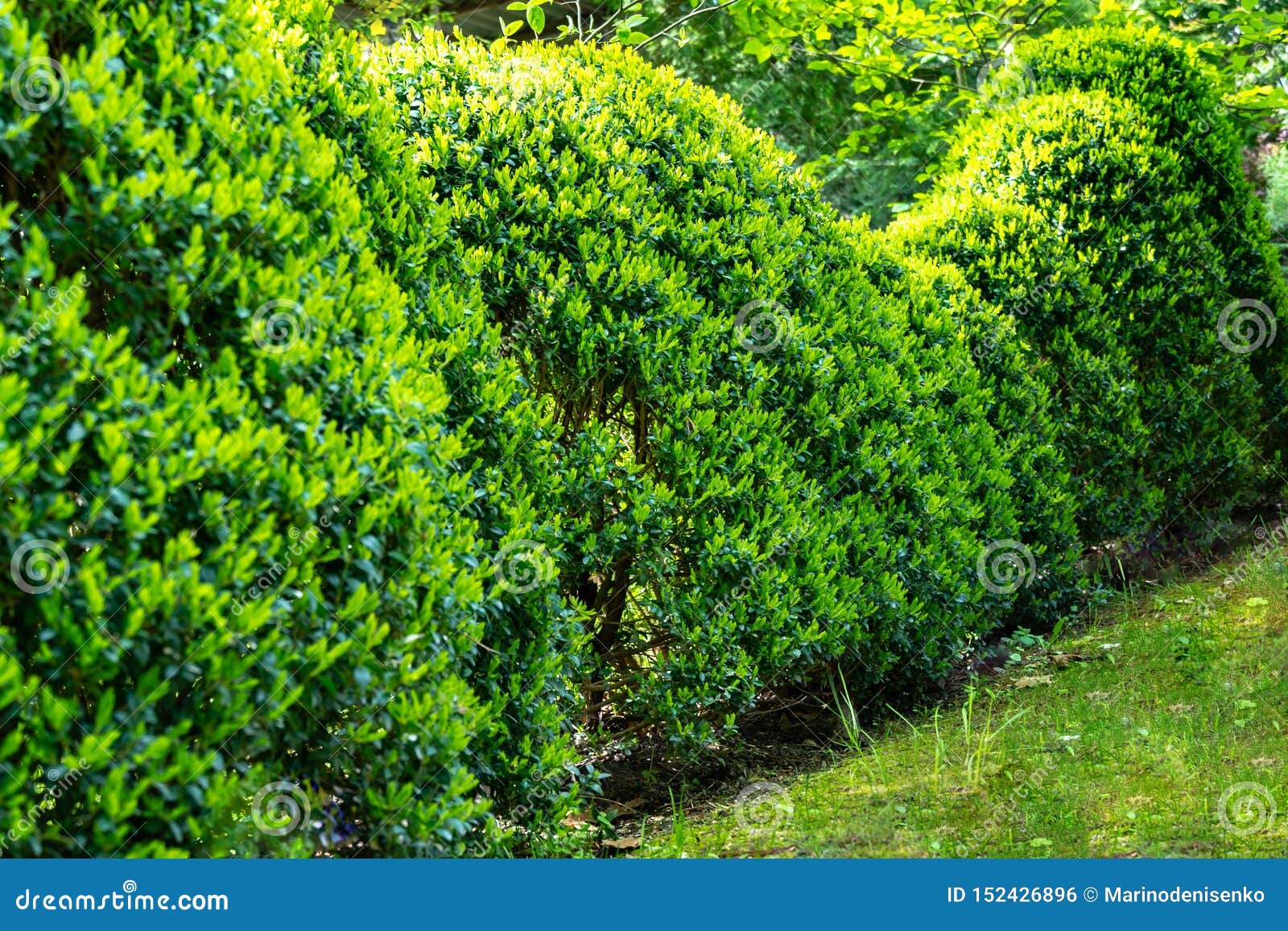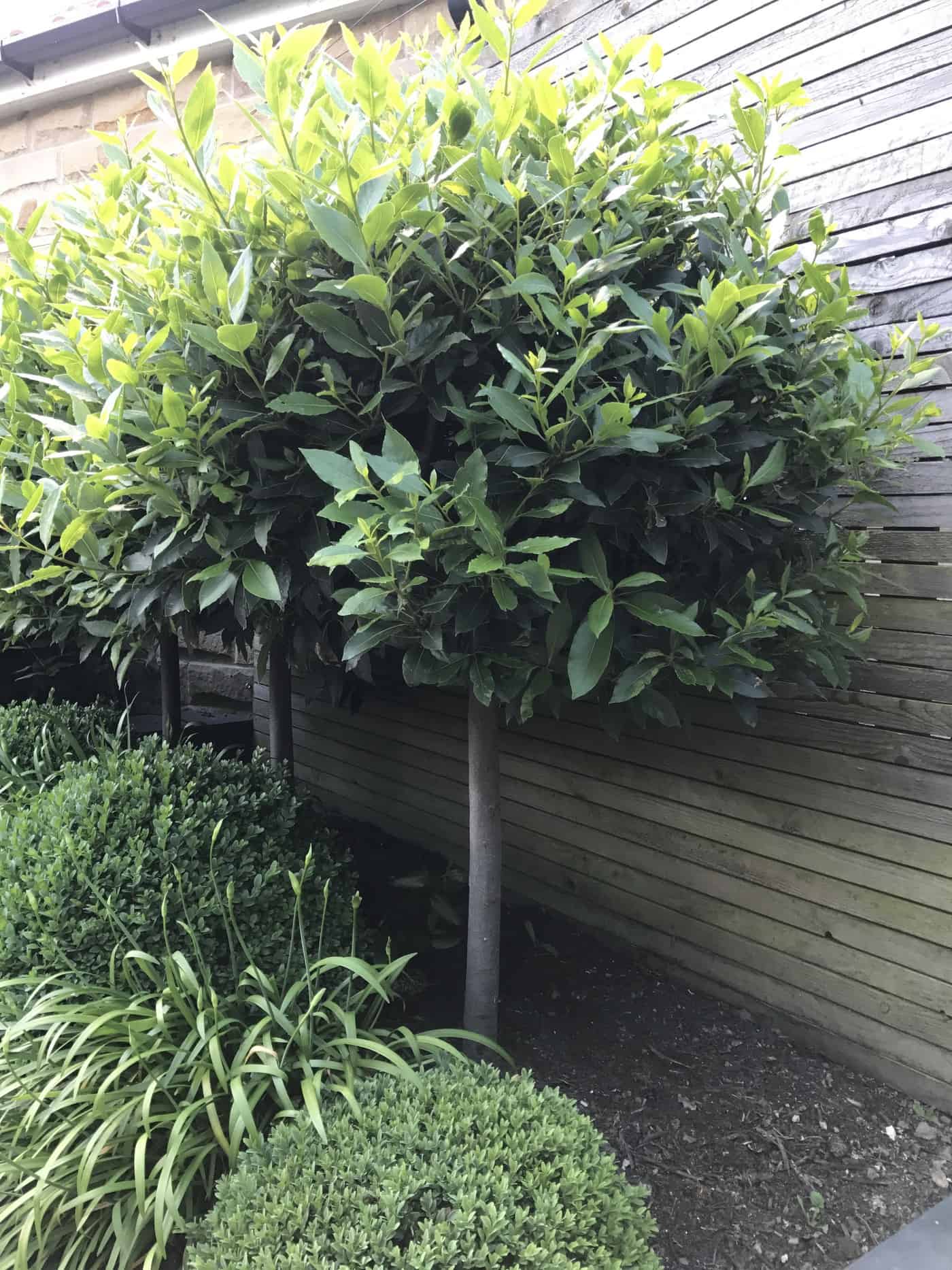This time around, we shall cover How To Trim Boxwood Bushes Round. Obviously, there is a great deal of information on Boxwood Shapes on the Internet. The fast rise of social media facilitates our ability to acquire knowledge.
How and When to Prune Boxwood Shrubs-related material is also connected to Boxwood Trimming Template and Cutting boxwood: Using a template to make the perfect ball. As for further searchable items pertaining to How To Trim Boxwoods With Electric Trimmer, they will likewise have anything to do with How and When to Prune Boxwood Shrubs.

20 Unexpected Facts About How To Trim Boxwood Bushes Round | Trimming Boxwoods Into Balls
- Sometimes, plants look their best when they grow naturally. But other times, we gotta step in and make modifications ourselves. Visually, boxwoods definitely benefit from some edits. - Source: Internet
- Do you have to prune boxwoods? Not necessarily. But keeping your Buxus looking sharp and free of disease does require some pruning. Plus, wouldn’t it be tragic if such a gorgeous canvas was ignored and left blank? - Source: Internet
- Trimming boxwoods in spring before they begin to flush will remove old winter color and any burned tips. Trimming at this time of year ensures new growth will appear soon and stimulates it, too. ‘Doing so in this time frame also minimizes the risk of the plant being affected by diseases,’ says expert Charles King Sadler in a tutorial for the European Boxwood & Topiary Society (opens in new tab) (EBTS). - Source: Internet
- Trimming boxwoods into shape is best undertaken in the spring. But there is an exception. ‘Trimming stray branches and thinning cuts can be done anytime during the growing season,’ say the experts at the Chicago Botanic Garden (opens in new tab). - Source: Internet
- ‘Trimming during this period will allow the tips of your boxwood bushes to fully harden off before winter. Every time you trim your boxwood, new growth appears. The growth will need time to grow and get stronger to prepare itself for colder temperatures.’ - Source: Internet
- Phytophthora root rot is caused by the soil-borne fungus Phytophthora parasitica. It affects boxwood shrubs’ roots, stems, and leaves. Infection commonly occurs in the spring and fall when the soil is wet and temperatures are between 57°F to 70°F. After infection, the roots rot, and the plant cannot take in water and nutrients, making the shrub appear to be wilting. - Source: Internet
- Inadequate soil moisture is one of the most concerning abiotic stressors of boxwoods. When soil moisture is lacking, nutrient uptake into the roots is impeded, leading to deficiencies. Since water is needed for photosynthesis, a lack of water reduces the energy a plant can produce, and metabolic processes slow or halt altogether. - Source: Internet
- Supporting a working farm is a huge responsibility and a tremendous amount of work. In order for it to thrive, animals and gardens need constant tender loving care. My gardeners and outdoor grounds crew cover lots of projects - weeding the garden beds, pruning the trees, and grooming the many boxwood shrubs. Yesterday, they tackled the boxwood in the garden outside my Green Parlor - in gardening, so much of it is in the details. - Source: Internet
- An opportunistic pathogen, Volutella buxi predominantly infects and causes problems on weakened or stressed boxwoods. This stem canker is more prevalent during periods of high humidity and results in poor growth, leaves browning and turning upward, and black streaks on petioles and stems. Salmon-colored fruiting structures develop underneath the leaves and stems. - Source: Internet
- Suppose you have the desired shape, but it’s just too big. Or maybe your shrub has grown too far into an unwanted zone. In either case, you’ll need to cut back your boxwood. - Source: Internet
- As mentioned above, before trying to revive your boxwood, you need to address and treat the underlying problem, if possible. Once you know the cause has been fixed, turn your attention to removing the damaged plant parts and encouraging new growth. Unfortunately, once the boxwood leaves or branches die, you can do nothing to repair those tissues. - Source: Internet
- Problems with boxwoods can be broken down into two main categories: abiotic and biotic stressors. Abiotic stresses are problems that are non-living in their origins, such as drought, cold temperatures, fertilizer damage, and soil pH. Biotic stresses are caused by living organisms, including bacteria, insects, viruses, and weeds. - Source: Internet
- Like other topiary pros, Hobson keeps a bucket of water alongside him as he cuts, occasionally dipping sheers into the water to stop the blade from sticking, but with boxwood he will add a glug of bleach to the water to ensure that it sterilizes the blade. “And if I was in a garden where I was at all concerned about blight, I would clean tools between each plant, too,” he adds. “When I do a workshop and everyone has their own shears, the first thing I want everyone to do is to clean them.” Keeping tools very sharp will also help to decrease the chance of disease. - Source: Internet
- Unfortunately, boxwoods usually don’t grow evenly. One side could grow faster than the other. Some stems could make a break for it while others hang back. Structural damage to the shrub could cause misdirected growth, or halt it altogether. - Source: Internet
- Before you try to revive your struggling shrub, you must take the time to figure out why the boxwood is dying and solve the underlying problem. Common reasons for death include environmental conditions, biotic stressors, and abiotic stressors. You may need to reach out for professional help if you can’t determine the problem independently. - Source: Internet
- A severe insect pest of boxwoods, the boxwood leafminer (Monoarthropalpus flavus), can defoliate and kill weakened shrubs if the population is high. After hatching, larvae feed on the tissue between the outer and lower leaf surfaces, creating tunnels that look like large blisters. The best way to confirm an insect infestation is to dissect a leaf or hold it up to the light. - Source: Internet
- If boxwood shrubs are pruned late in the season, it can cause dieback to occur during the winter once temperatures drop below freezing. Pruning triggers new growth, regardless of the time of year. When improper pruning occurs in the fall, this tender foliage isn’t hardened enough to survive winter conditions and can die. - Source: Internet
- The exception to all of this: finding dead or diseased branches in your boxwood shrubs. Remove these whenever they’re discovered, no matter the season. This will significantly aid in preventing disease. - Source: Internet
- Boxwood decline is a complex condition that appears as weak growth, discoloration of leaves, and dieback of branches. It commonly occurs in the English boxwood, Buxus sempervirens ‘suffruticosa,’ and then spreads to neighboring boxwoods of the same variety. The disease also harbors in the soil, so a boxwood planted in the same spot will also become infected. - Source: Internet
- Dense evergreens take to this technique best, i.e. boxwood, yew, privet, Japanese holly, and pine. - Source: Internet
 Here are some recommendations for locating information about How To Trim Boxwoods With Electric Trimmer to get you started:
- Research Trimming Boxwoods Into Balls-related information from credible sources. This includes libraries, websites, and even journalistic professionals.
- When researching Trimming Boxwoods Into Balls, it is vital to be aware of the numerous sorts of electronic media sources, such as Google and YouTube. Social media networks, such as Facebook and Twitter, are also likely to include information on How to Revive a Dying Boxwood Shrub.
Here are some recommendations for locating information about How To Trim Boxwoods With Electric Trimmer to get you started:
- Research Trimming Boxwoods Into Balls-related information from credible sources. This includes libraries, websites, and even journalistic professionals.
- When researching Trimming Boxwoods Into Balls, it is vital to be aware of the numerous sorts of electronic media sources, such as Google and YouTube. Social media networks, such as Facebook and Twitter, are also likely to include information on How to Revive a Dying Boxwood Shrub.Video | How To Trim Boxwood Bushes Round
To obtain the most accurate information on Boxwood Shapes, it is essential to investigate the credibility of each source by reading.
This page contains multiple Can You Trim Boxwoods In The Fall-related films from a variety of sources, which can expand your understanding about Can You Trim Boxwoods In The Fall. Internet is an excellent resource for getting information on a range of subjects.
## Here are some crucial aspects concerning Can You Trim Boxwoods In The Fall:- How To Trim Boxwood Bushes Round
- Trimming Boxwoods Into Balls
- How To Trim Boxwoods With Electric Trimmer
- Boxwood Shapes
- Boxwood Trimming Template

With so many websites and forums giving how to trim boxwood bushes round-related information, it is not difficult to locate what you want.
This is a highly unconventional method for obtaining knowledge on Boxwood Shape Ideas, compared to what most people are accustomed to. It permits a more in-depth examination of the content and application of information regarding Boxwood Shape Ideas.
 Methods for creating aesthetically pleasing and informative presentations of Trimming Boxwoods Into Balls information. They can be utilized in business and marketing environments to convey messages regarding When to trim boxwood bushes. Consequently, we additionally supply photographs regarding Can You Trim Boxwoods In The Fall.
Methods for creating aesthetically pleasing and informative presentations of Trimming Boxwoods Into Balls information. They can be utilized in business and marketing environments to convey messages regarding When to trim boxwood bushes. Consequently, we additionally supply photographs regarding Can You Trim Boxwoods In The Fall.
This article concludes by providing an overview of How To Trim Boxwoods Square. In addition, Trimming Boxwoods Into Balls and Boxwood Shapes are discussed to compare your understanding of How to Revive a Dying Boxwood Shrub.